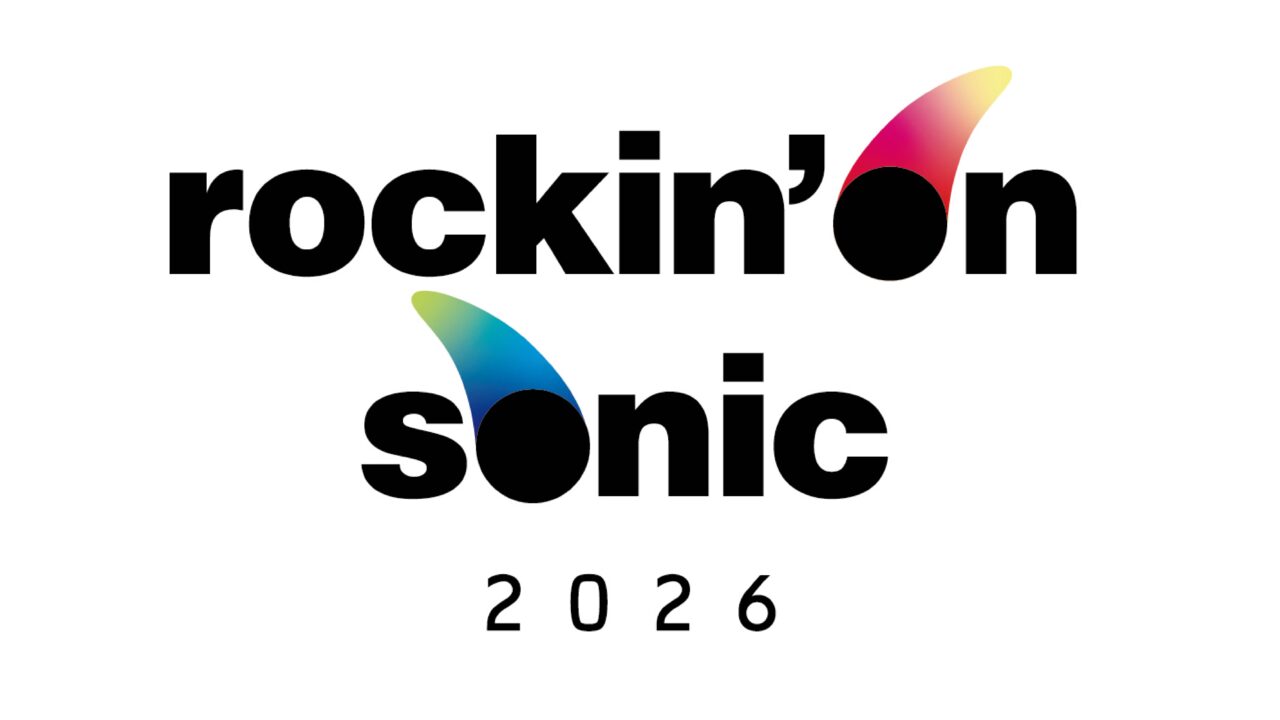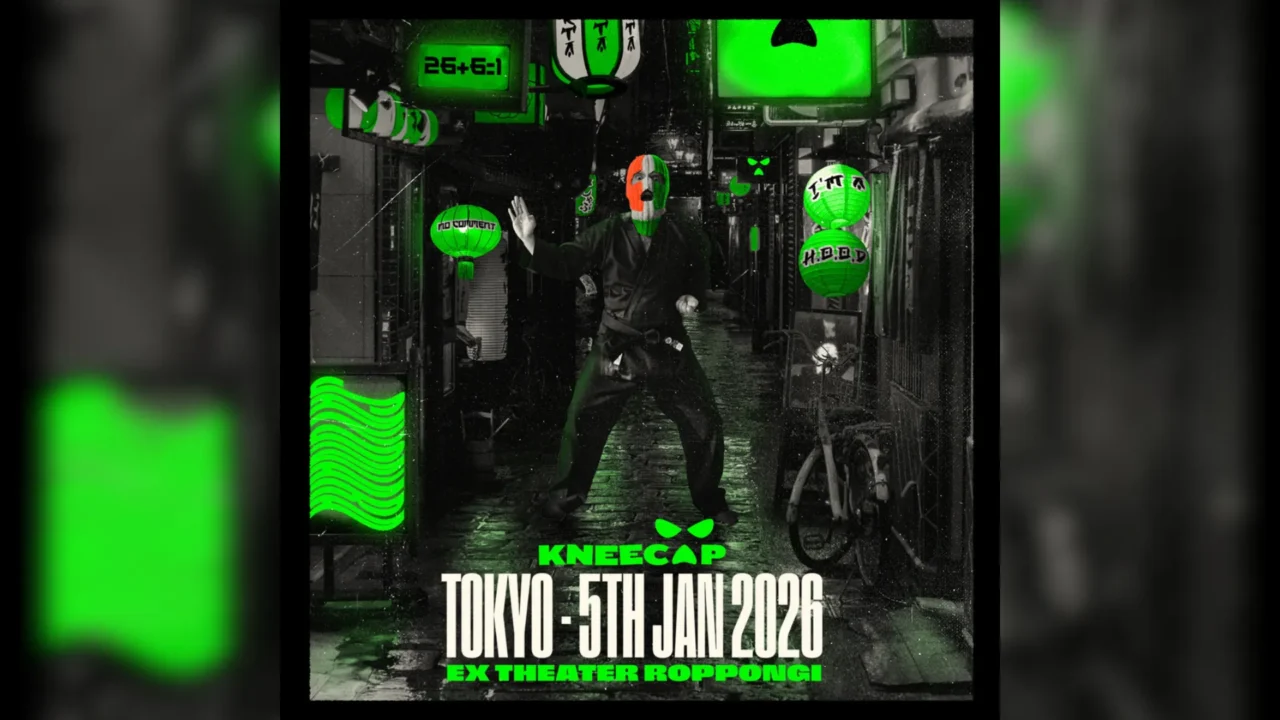INDEX
Culture and Music Surrounding Nan Goldin
While the film captures Nan Goldin as an activist today, it also follows her tumultuous journey from the unforgettable trauma of her sister Barbara Holly Goldin’s suicide as a young girl. The film shows how Goldin, an exceptional photographer, began her career and how she developed her artistic identity through her friendships, using archival footage from the 1970s and 1980s and a slide show by Goldin herself. As she moved her base from Boston to New York, she describes the “extended family” of drag queens, gay culture, drag culture, and the punk and no-wave scenes, as well as the communities she spent time in with them, along with valuable testimonies and videos, and gives us a glimpse into the underground culture of the East Coast at that time. It is inevitable that audiences with even the slightest interest in the underground culture of the U.S. East Coast at that time will be captivated by this film. Goldin’s friends and their works are introduced one after another, beginning with her encounter with photographer David Armstrong, actress/writer Cookie Mueller, who is known for her appearances in John Waters’ films, as well as no-wave filmmakers Vivienne Dick and Bette Gordon. Goldin’s friends and their works are particularly important as bearers of the new underground culture of the 1970s and 1980s.

From the perspective of this series, which has focused on the impressive use of pop music in film, we are first intrigued by the series of films that explore the energy swirling around this emerging art scene.
The following is a list of the main songs played by the midpoint of the film. Klaus Nomi’s “The Cold Song,” The Velvet Underground & Nico’s “All Tomorrow’s Parties “, “Sunday Morning”, Suicide “Cheree”, Charles Aznavour “What Makes A Man”, Divine “Female Trouble”, The Marvelettes “The Hunter Gets Captured By the Game “You Can’t be Funky,” Bush Tetras “You Can’t be Funky,” Lizzie Mercier Decroux “Fire,” Janice Marie Johnson “Boogie Oogie Oogie”, Screamin’ Jay Hawkins “I Put a Spell On You”, The Sugarhill Gang “8th Wonder” and others.
The selection is quite broad, ranging from the punk and no-wave music that emerged in the New York underground scene at the time, to songs that were popular in the local disco scene, and even songs from yesteryear that go back in time. These songs are not only excellent as a soundtrack to the era in which Goldin’s career really took off, but also as a reflection of the clear feminist, gay, and queer culture of the time, from the feminist punk band Bush Tetras and Lizzie Mercier Declou, to Klaus Nomi and Divine. Goldin’s own photography resonates beautifully with the mix of songs that embody feminist, gay, and queer culture. The fact that she herself served as a musical consultant for the film makes the connection all the more compelling. In addition, as mentioned in the film, slideshows of her photographs were initially often shown with her own musical selections. The Ballad of Sexual Dependency, a collection of her work that was inspired by Bertolt Brecht’s Three-Penny Opera, was initially shown with music by The Velvet Underground, Charles Aznavour, The selection of music here is also in keeping with this practice, given the fact that her collection, The Ballad of Sexual Dependency, was originally screened with music by The Velvet Underground, Charles Aznavour, Screamin’ Jay Hawkins, James Brown, and Nina Simone, among others.
























